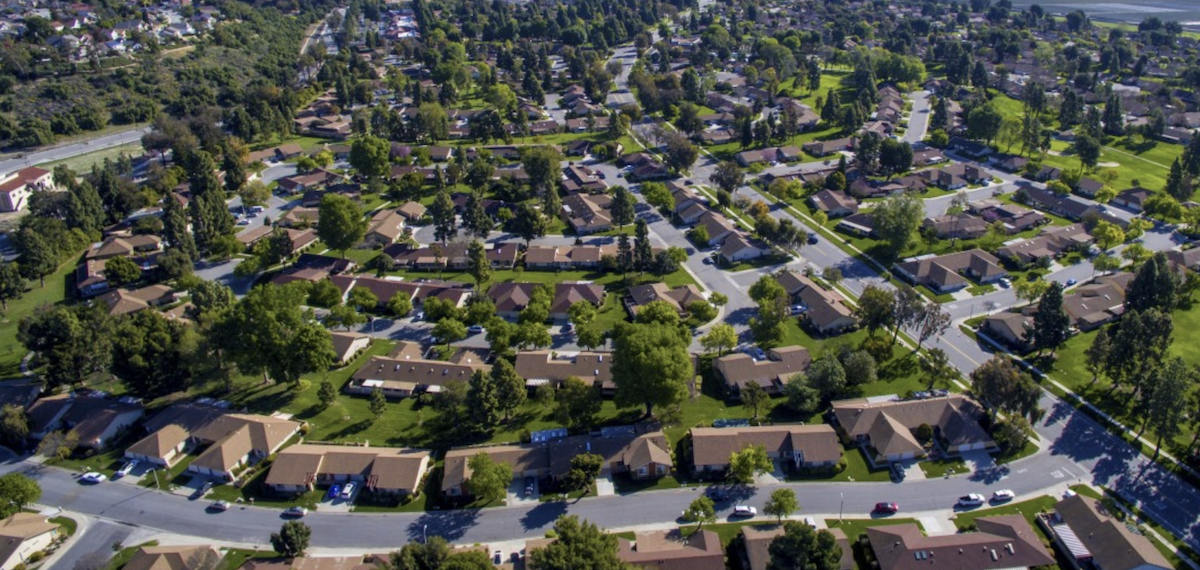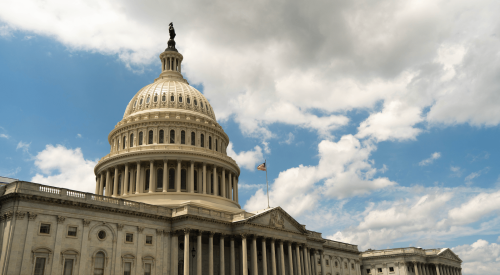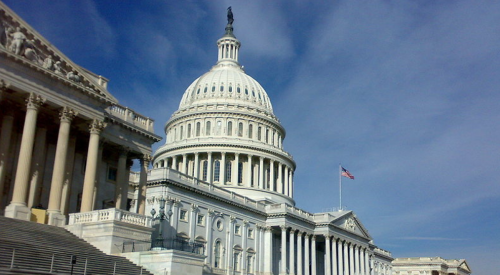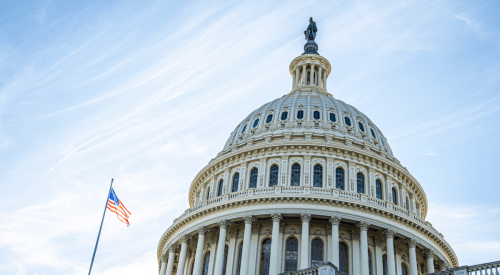We just wrapped a strong year for the housing industry in the policy arena.
NAHB’s highest priority, housing affordability, is greatly affected by regulations that make home building expensive. Regulatory compliance—permit fees, zoning fees, code requirements—can account for up to 25% of the cost of building a single-family home and even more for multifamily units. That’s why we were so pleased when President Trump signed an executive order establishing a White House council on eliminating regulatory barriers to affordable housing. The president asked HUD Secretary Ben Carson to lead the council as it works to reduce these barriers to new-home production.
Home builders saw several other victories in the fight against excessive regulations, including a rollback of the Clean Power Plan, revisions to the Endangered Species Act, and repeal of the 2015 “waters of the U.S.” (WOTUS) rule. As always, our government affairs specialists worked closely with members of Congress, White House officials, and regulators in federal agencies to ensure they understand the builder’s perspective.
There is much more to accomplish. We’ll continue to push back against burdensome regulations that harm families by driving up housing costs. Priorities in 2020 will include housing finance reform as well as sensible building codes and land development regulations that recognize how NIMBY-ism hurts housing affordability.
We will also continue to emphasize workforce development by preparing the next generation of building trade professionals. We want counselors, teachers, students, and their parents to see that careers in the building trade can be rewarding.
A Look at Single-Family Built-for-Rent Homes
Starts for single-family built-for-rent (SFBFR) homes posted a small decline during the third quarter of 2019, down to about 11,000 units, or 4.5% of the market. Despite that relatively small share, SFBFR homes can be the right choice for some builders and renters.
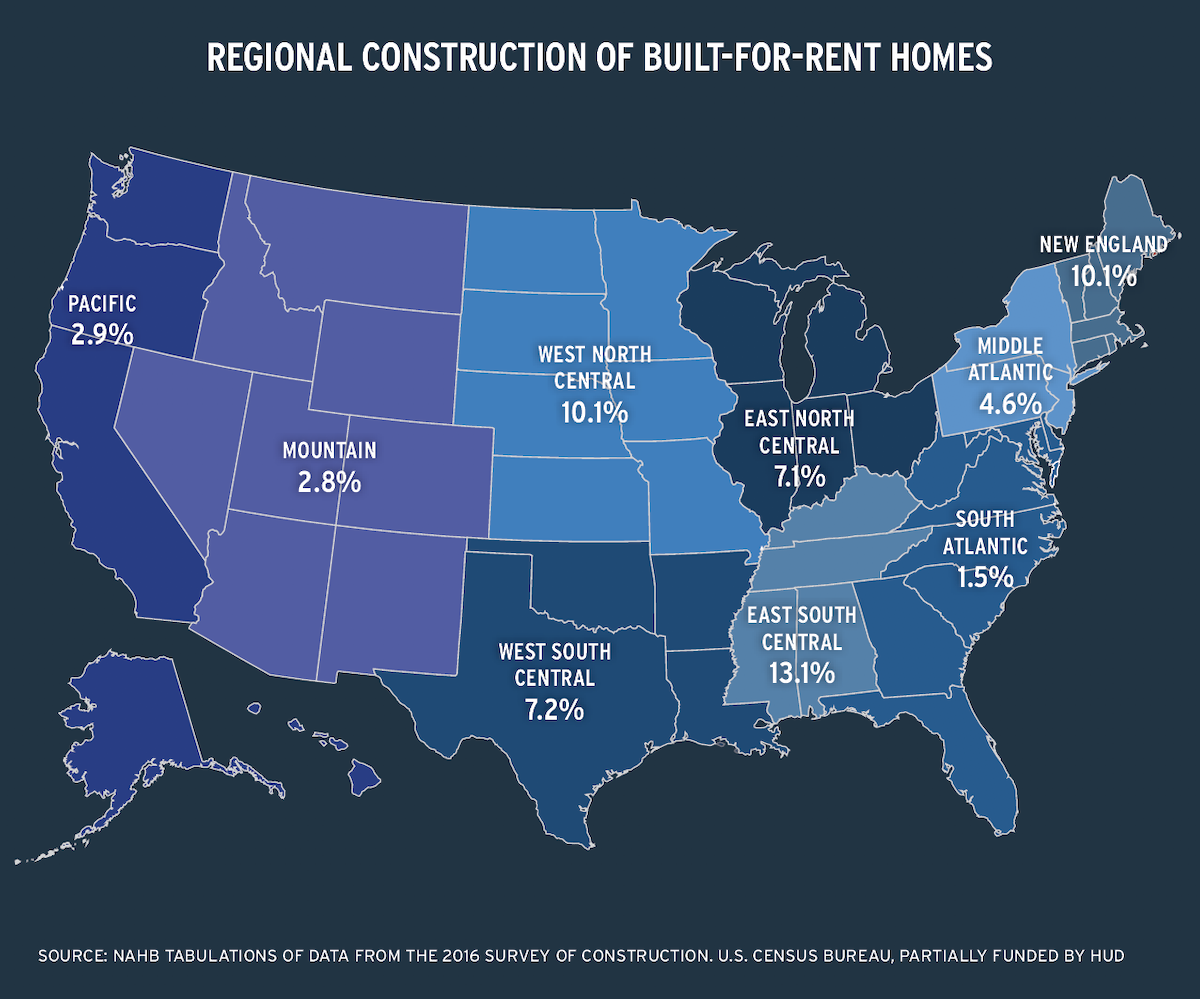
SFBFR homes tend to be smaller than for-sale single-family homes (80% are less than 2,000 square feet) and have fewer bedrooms and bathrooms; 52% have one or two bedrooms, and 96% have one or two bathrooms. And while townhouses and single-family attached homes make up just 11% of the for-sale market, they represent 77% of SFBFR stock.
Due to their smaller size and reduced permit value, SFBFRs tend to lease for slightly less cost compared with other rental and for-sale properties. These units may be viable for builders looking to diversify their portfolios and for consumers looking to reduce housing costs.
Unlike an apartment or townhome complex, SFBFRs are usually built and held for rent by the builder. SFBFR units can serve as the bridge between rental multifamily residences and entry-level for-sale housing.
ABOUT NAHB: The National Association of Home Builders is a Washington, D.C.-based trade association representing more than 140,000 members involved in home building, remodeling, multifamily construction, property management, subcontracting, design, housing finance, building product manufacturing, and other aspects of residential and light commercial construction. For more, visit nahb.org.
Access a PDF of this article in Pro Builder's January 2020 digital edition
